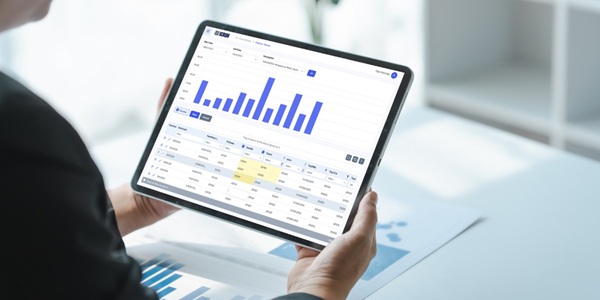
Authors: Barış Selçuk
Energy is the lifeblood of companies in the manufacturing sector, the fuel that powers the production and delivery of their goods to customers. Without energy, manufacturing operations would come to an absolute standstill. For manufacturing firms, balancing energy supply and demand is a complex and high-stakes process, and failing to efficiently utilize energy at their facilities can result in skyrocketing operating costs and subpar production performance.
This is particularly the case in the paper, ceramics, and glass industries – which are the top three industries globally in terms of energy consumption. For companies in these energy intensive industries, energy is an essential resource – as heat and steam power are used extensively in their production processes – as well as a chief driver of operating costs. In the ceramics industry approximately 40% of total costs are energy costs. Even a minor fluctuation in energy usage can have a major impact on ceramics companies’ bottom line results – for example, a 10% decrease in energy costs would translate into a 4% savings in overall costs. There is thus an immense opportunity for manufacturing enterprises to drive down costs and drive up profitability by achieving energy optimization.
Empowering your planners
For manufacturing firms, the first step towards realizing energy optimization is implementing an intelligent planning solution that gives them the capability to automatically generate and integrate optimal energy and production plans. There are many software solutions out there that enable companies to track and control their energy utilization. These systems gather real-time data on energy and gas consumption, consumption per production line, and other metrics, and are valuable reporting tools – but they are not capable of creating production plans that take energy utilization into account.
Instead, production plans are often created manually by the planners themselves, based on their past experiences, and energy levels are fixed at predetermined levels. In the paper industry, for example, what typically happens is that the manufacturing department receives the production plan, and then sets and schedules the energy usage accordingly to meet the needs of the production team.
By operating this way, manufacturers are missing out on opportunities to realize cost savings and gain competitive advantage through integrated energy planning and optimization. If, for instance, your facility is using more than one energy source, it might be beneficial – from both a cost and productivity standpoint – to shut down one source and fully utilize the others. Having three energy sources running at around 100% would be more efficient than having five energy sources operating at 60%.
To attain optimal energy efficiency, planners must be equipped with an intelligent planning solution that gives them visibility and control over their energy utilization.
Conquering the complexities of energy planning
What makes energy planning and optimization so challenging is that the levels of energy usage are constantly changing – ramping up and then subsequently tapering off. Take, for example, a natural gas turbine that produces energy. Increasing the speed of the turbine results in greater efficiency, delivering a higher energy output and requiring less natural gas or other liquid fuels to feed the turbine. The relationship between these variables is not linear – rather it’s an S-curve. Any solution that aims to optimize energy usage must be able to take these complex dynamics into account.
Adding another layer of complexity to energy planning and optimization are each company’s individual business goals, rules, and constraints as well as government regulations. Excess power produced by production facilities can often be exported to the grid and sold, but the manufacturer must determine one day in advance how much energy they are able to sell. If there is a shortfall and the manufacturer is unable to deliver the promised amount of energy at the right time on the following day, a costly penalty will often be imposed. If there is a surplus of energy produced, the manufacturer has to “leak” the energy at zero value as it can’t be stored – there is, after all, no such thing as energy inventory.
To achieve energy optimization, manufacturing firms must be able to accurately gauge and dynamically monitor their day-to-day energy requirements, foresee fluctuations in energy supply and demand, and make optimal energy production and consumption decisions to ensure smooth production operations and to avoid costly penalties and surpluses. ICRON’s Energy Optimization solution gives manufacturers this capability.
If you would like to see ICRON in action, please contact us. If you have enjoyed this blog, you can find more content that you might enjoy here.













